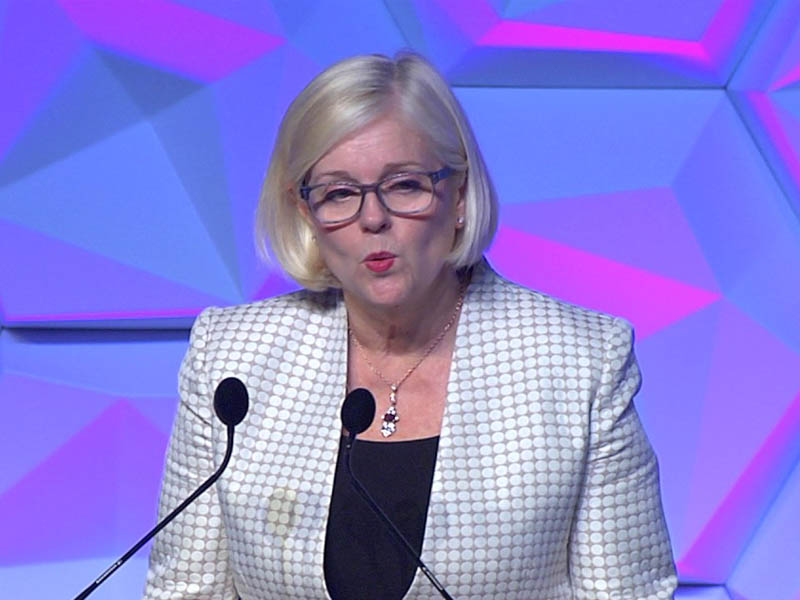Improving gender diversity in Australia’s STEM workforce is an “economic necessity” that required a “cohesive, holistic and sustained approach” to achieve, according to the Academy of Science.
The Academy is in the process of developing a 10-year plan for girls and women in STEM with $600,000 in federal government funding, and has just released a consultation paper with discussion questions.
It is expected to hand the decadal plan to government by the end of the year.

New Industry, Science and Technology Minister Karen Andrews said improving gender diversity in the sector was a priority for the government.
“We made an investment in the budget and this consultation is an important step. Increasing participation in STEM by girls and women isn’t just about equity and individual opportunity, it is about the strength of Australia’s research and our scientific and business capability,” Ms Andrews said.
There is a significant lack of gender diversity in STEM at all levels, the consultation paper said.
“Women are lost at every stage of the professional ladder in STEM fields, due to a range of factors including stereotypes, discrimination and workplace culture and structure, some of which manifest from early school years,” the paper said.
“The challenge of improving participation and retention of women in STEM is complex and multifaceted.”
“Workplace diversity is crucial to optimise performance and power the innovation and invention needed to drive a knowledge economy.
“A diverse STEM workforce is an economic necessity, and a crucial investment in Australia’s future national development.”
The 10-year plan will provide a “roadmap for achieving sustained increases in women’s STEM participation and retention from early school years through to retirement” and aims to deliver recommendations and pathways to remove these barriers.
The paper describes a number of factors that have contributed to the lack of gender diversity in the field, including stereotypes, pay gaps and male-dominated workplaces.
A study by the Academy of Science found that there are already 330 different initiatives employed nationwide to encourage participation of girls and women in STEM, from private institutions and government.
The majority of these programs are focused on tertiary-level women and include scholarships, workshops and mentor programs.
But there needs to be a more cohesive approach to this issue, the consultation paper said.
“Facilitating women’s participation in STEM requires a cohesive, holistic and sustained approach. Positive outcomes will not result from addressing a single factor alone, but rather from the interactions between factors at the individual, family, school and societal levels,” it said.
The consultation also included a number of questions, including what changes need to occur, what needs to be done to combat inaccurate stereotypes, what current initiatives are effective and where effort will be best placed.
The organisation has also asked respondents to consider potential backlash to these initiatives, and what should be done to counter this.
The Academy of Science is accepting submissions on the discussion questions until 10 October.
Do you know more? Contact James Riley via Email.

